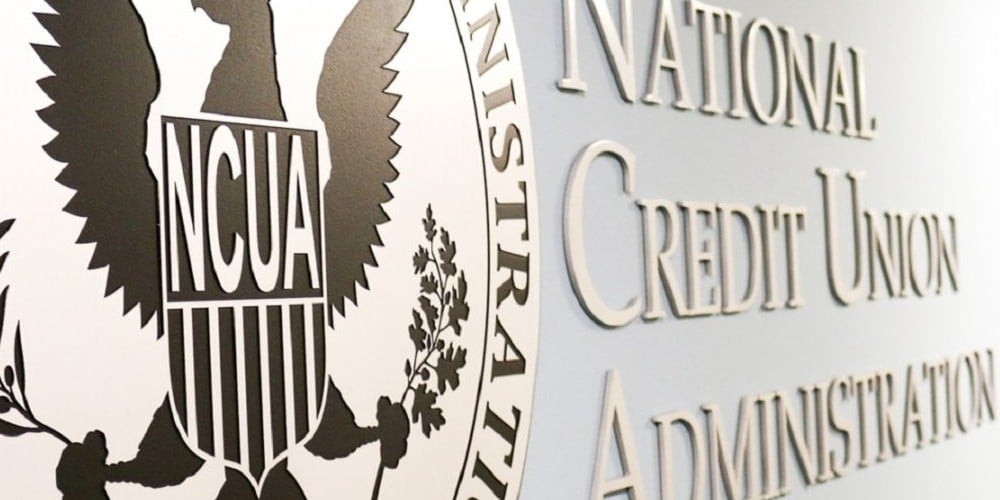NCUA responds to rising rates by revising interest rate risk framework

Greetings, compliance folks! As a compliance professional, and I’m naturally a risk-averse person. Apparently, the apple does fall far from the tree, as my six-year-old son seems to be a daredevil. He loves running at full speed, climbing, and jumping off of things. My wife and I can often be heard shouting “don’t do that! It’s not safe!”
Much like a concerned parent, the National Credit Union Administration (NCUA) has its own ideas of what is safe for credit unions and has mechanisms for warning credit unions when certain practices are deemed too risky. One particular area of concern is Interest Rate Risk (IRR), which is included in NCUA’s 2022 Supervisory Priorities. NCUA recently published letter to credit unions 22-CU-09 and an accompanying supervisory letter, which both discuss changes to the Interest Rate Risk (IRR) framework. Let’s review this topic:
What is Interest Rate Risk?
According to the NCUA Examiner’s Guide, “[i]nterest rate risk refers to the current and prospective risk to a credit union’s capital and earnings arising from movements in interest rates.” In other words, it is a risk that arises due to changing interest rates, which affects all credit unions to some degree. NCUA has noted that riskier practices regarding IRR can present a “significant threat” to a credit union’s capital and earnings, and can “potentially be an undue risk to the National Credit Union Share Insurance Fund.”
continue reading »




